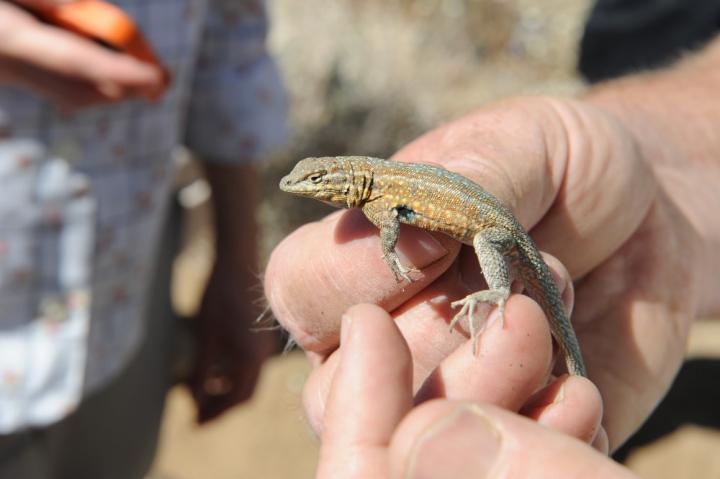
Credit: Ecology & Evolution
Monitoring programs that survey many wildlife species at the same time across large geographic regions are important for informing conservation decisions, but reptiles are often missing from these efforts because they are difficult to survey. As described in a new Ecology & Evolution study, researchers have now developed a way to provide accurate estimates of lizard populations.
The scientists used their approach at 229 widely-dispersed sites throughout the Mojave Desert in California and estimated a total population size of 80 million for the three most common species of lizards across this 66,830 km2 ecoregion comprising 16% of the total land area of the state.
The results provide a baseline against which to monitor changes in population status and show how the distribution and behavior of lizards vary with differences in vegetation cover, human land use, and temperature. The study also demonstrates how multi-species monitoring programs spanning arid ecoregions can better incorporate information about reptiles.
###
Media Contact
Josh Glickman
[email protected]
Related Journal Article
http://dx.




